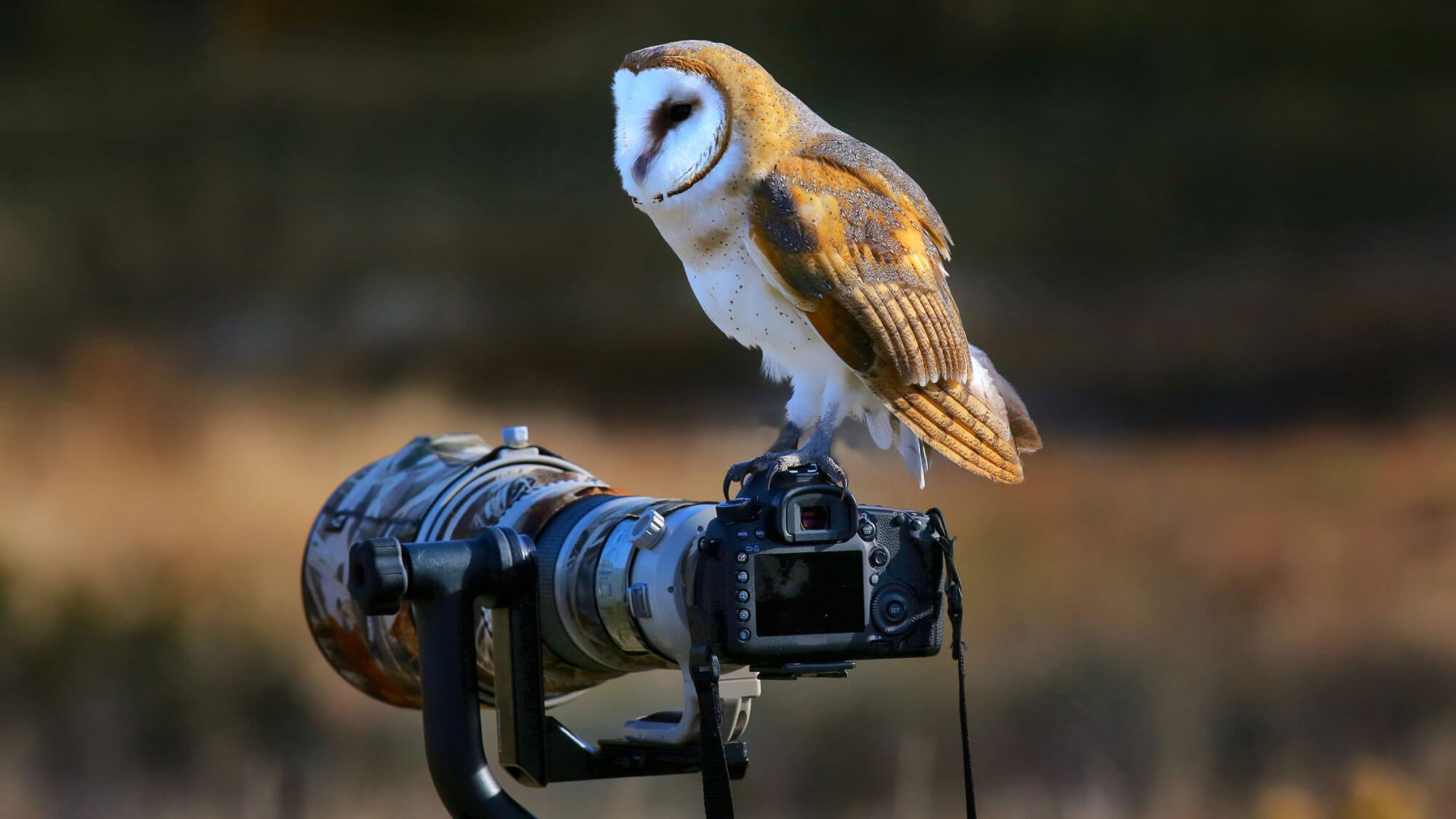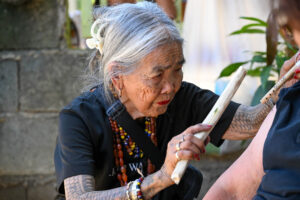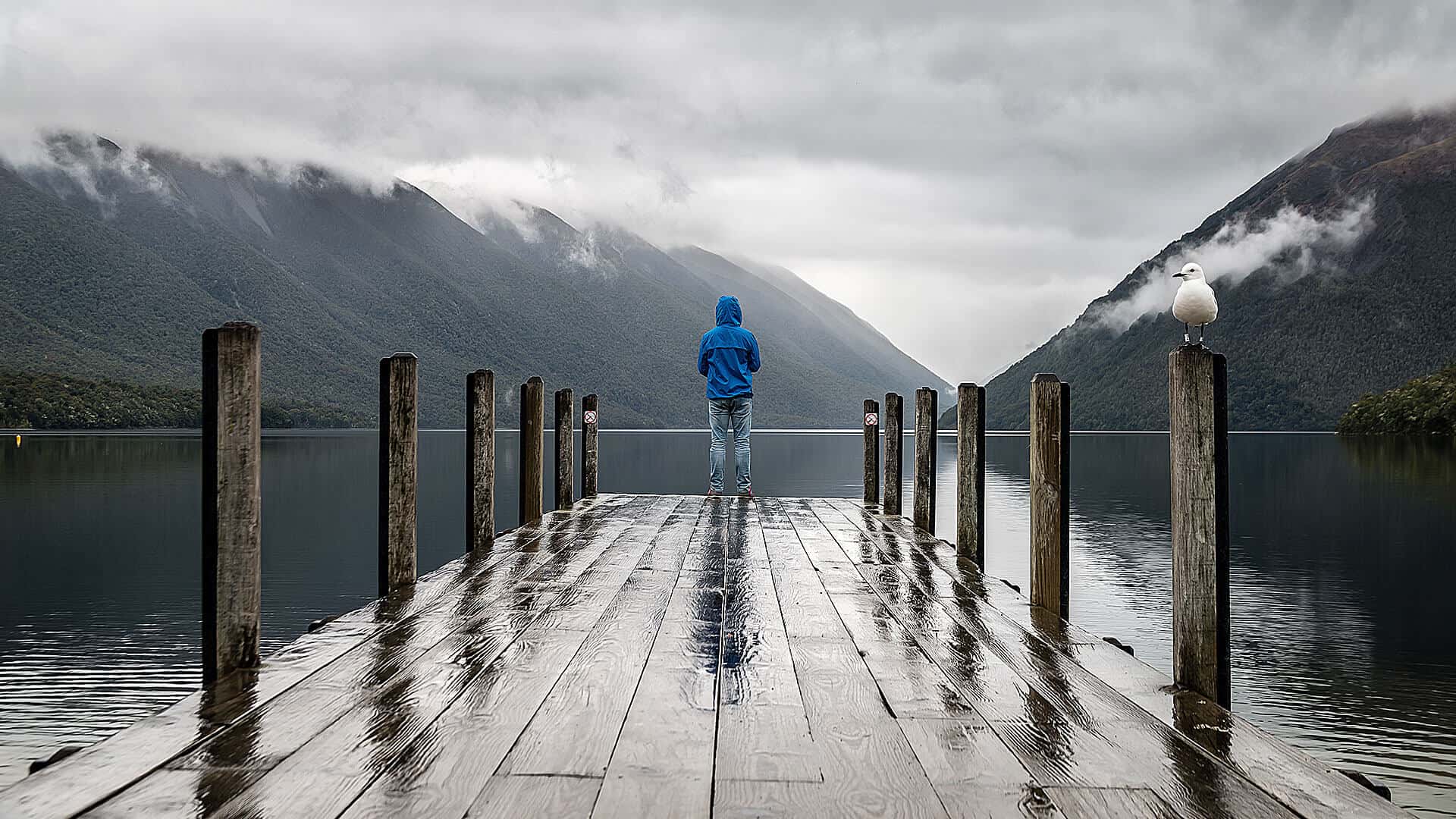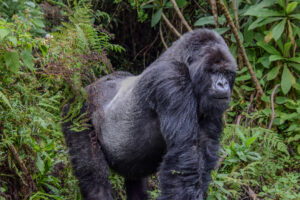Becoming a skilled wildlife photographer requires more than just a good camera and a passion for nature. It takes an understanding of animal behavior, technical photography skills, and the ability to tell a compelling story through your images. Books are an excellent resource for gaining these insights and can inspire your journey into the wild. Here are five must-read books that every aspiring wildlife photographer should add to their library:
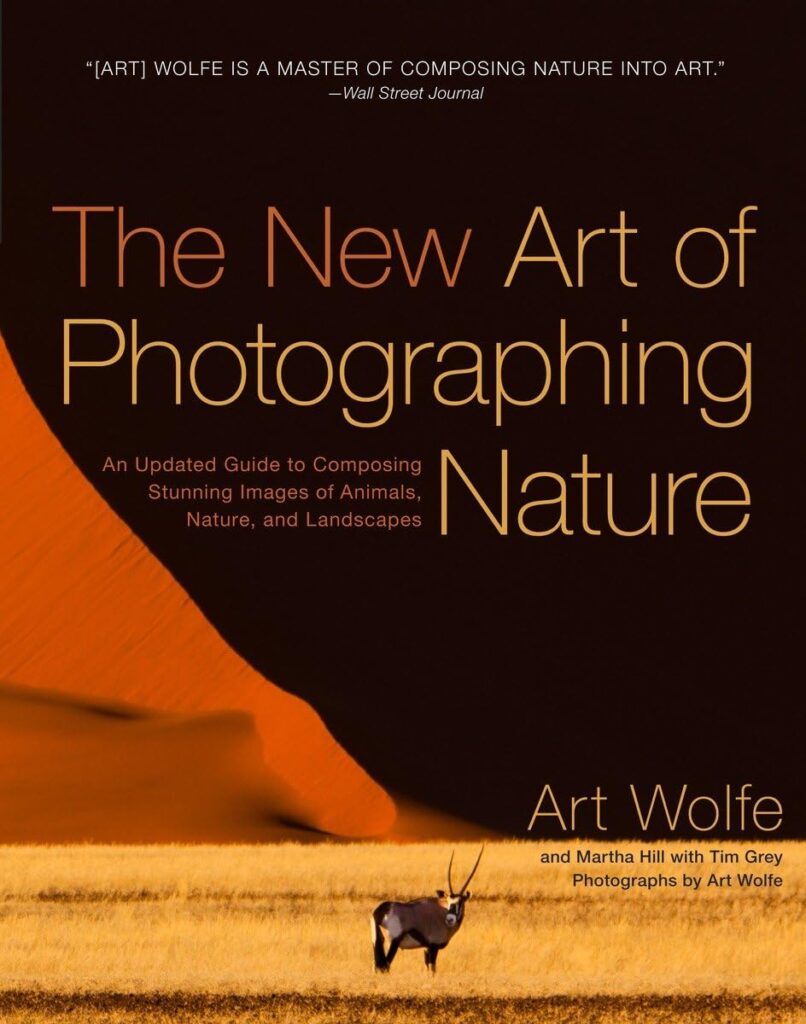
1. “The Art of Wildlife Photography” by Art Wolfe and Martha Hill
This classic book by renowned photographer Art Wolfe provides an in-depth look at the techniques and artistic vision required to capture stunning wildlife photographs. With tips on composition, lighting, and storytelling, this book is a treasure trove of knowledge for photographers at all levels. It also features breathtaking visuals that will inspire you to think outside the box and experiment with your approach.
Key Takeaways:
- Learn how to craft compelling narratives through your images.
- Master advanced techniques for working with light and shadow.
- Explore the importance of patience and observation in the field.
Why Read It: Gain practical advice from a master photographer and learn how to create impactful wildlife images.
2. “Photographing Wildlife in the UK” by Richard Peters
Richard Peters, an award-winning wildlife photographer, shares his experiences and techniques for photographing wildlife, specifically in the UK. This book covers everything from camera settings to ethical considerations, making it a valuable guide for those starting out. Peters’ approach emphasizes creativity and understanding your local environment to make the most of your opportunities.
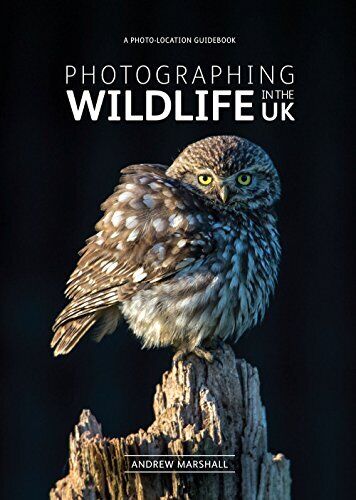
Key Takeaways:
- Detailed guidance on using natural light and selecting the right gear.
- Tips for approaching and photographing elusive species.
- Ethical considerations for wildlife photography.
Why Read It: Perfect for beginners looking for step-by-step instructions and real-world examples.
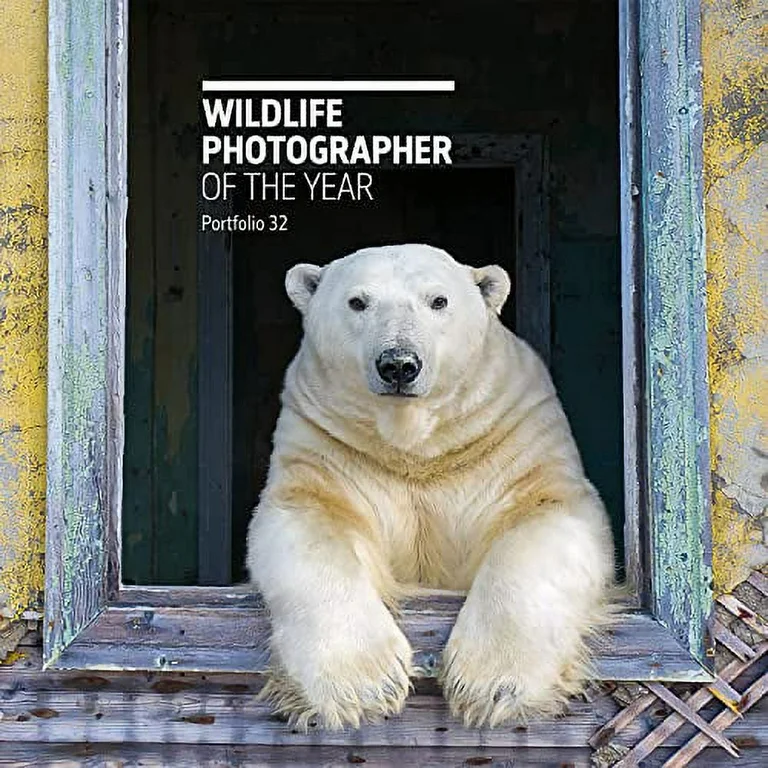
3. “Wildlife Photographer of the Year: Portfolio Series”
Each year, this book showcases the best images from the Wildlife Photographer of the Year competition. The stunning photos are accompanied by behind-the-scenes stories and technical details, offering both inspiration and education. The portfolio not only highlights the diversity of wildlife but also the creativity of photographers pushing the boundaries of the art form.
Key Takeaways:
- Discover innovative techniques from top photographers.
- Gain insight into the challenges and rewards of wildlife photography.
- Be inspired by the variety of species and habitats captured.
Why Read It: Explore the work of top photographers and learn from their creative processes.
4. “How to Photograph Absolutely Everything” by Tom Ang
This comprehensive guide covers a wide range of photography techniques, including outdoor and wildlife photography. Tom Ang provides practical advice on equipment, composition, and lighting to help you capture stunning images in various situations.
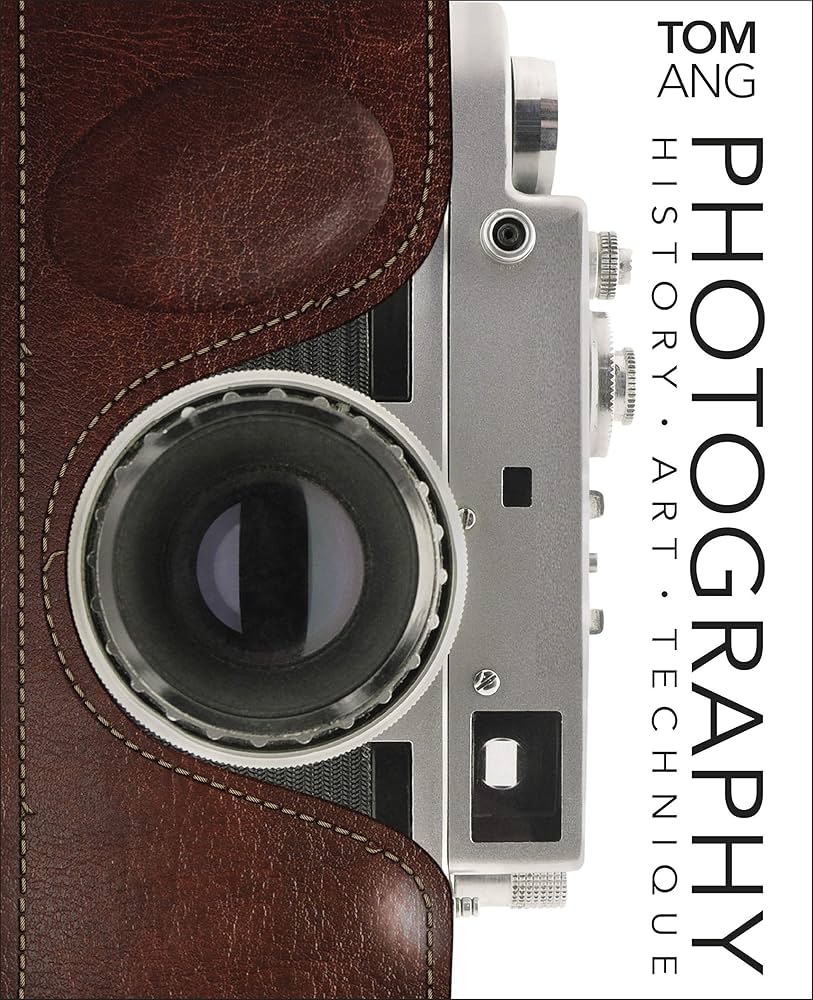
Key Takeaways:
- Learn how to adjust camera settings for different scenarios.
- Understand the principles of composition and framing.
- Gain insights into capturing images in challenging lighting conditions.
Why Read It: Enhance your versatility as a photographer by mastering techniques applicable to wildlife and other photography genres.
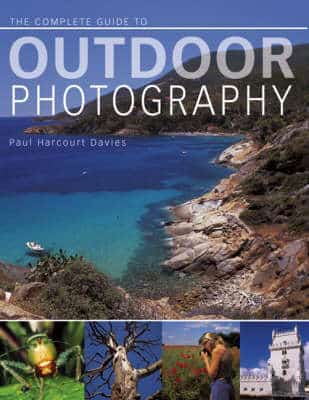
5. “The Complete Guide to Outdoor Photography” by Paul Harcourt Davies
This practical guide covers all aspects of taking photographs outdoors, including landscapes, natural history, and wildlife. Paul Harcourt Davies shares a wealth of tips and tricks to help you capture the beauty of the natural world.
Key Takeaways:
- Explore techniques for photographing various outdoor subjects.
- Learn about the importance of lighting and timing in outdoor photography.
- Understand how to approach and capture images of wildlife ethically.
Why Read It: Develop a comprehensive understanding of outdoor photography, essential for capturing stunning wildlife images.
Final Thoughts
Investing time in reading these books will equip you with the knowledge and inspiration needed to excel as a wildlife photographer. Whether you’re drawn to technical mastery, ethical practices, or creative storytelling, these titles offer something valuable for everyone. Expanding your understanding through these resources will not only improve your skills but also deepen your connection to the natural world.

